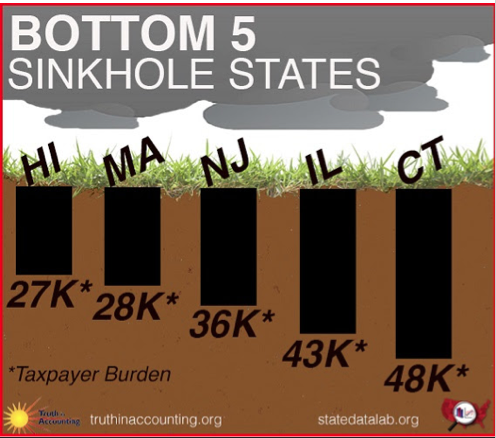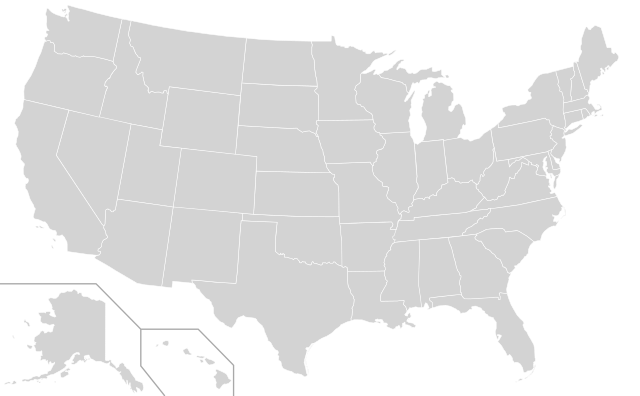New Orleans now has until October 3rd to come up with a plan to cover the funding shortfalls facing the city’s firefighter pension fund after a judge today extended the city’s deadline.
A judge ruled last year that New Orleans had to pay back the firefighters’ pension fund for the annual payments the city had skipped between 2009 and 2013. That dollar amount could total up to $52 million. From The Times-Picayune:
The standoff between Mayor Mitch Landrieu and New Orleans firefighters showed small signs of a thaw Wednesday (Sept. 3) as Civil Court Judge Robin Giarrusso gave the city another month to produce a plan to cover its massive debts to the firefighters’ pension fund.
Tommy Meagher, secretary and treasurer of the pension fund’s governing board, said the firefighters are willing to refinance the city’s obligations in creative ways to help lower the monthly payments going forward.
“The pension board has gone above and beyond everything we can do,” he said.
Part of New Orleans plan will likely involve several accounting tactics, including pension smoothing. From The Times-Picayune:
He explained that the board had agreed to stretch the city’s future pension obligations over 30 years rather than 14.5 years — a tactic that he compared to refinancing a home mortgage. He also said the board is willing to extend “pension smoothing,” an accounting strategy that lets the fund’s actuary predict higher interest rates when calculating the fund’s future investment returns. Essentially, if the fund can show it will earn more on its investments down the road, the city can pay less to the fund each month.
The board was willing to extend its use of smoothing from three years to seven, Meagher said.
Andy Kopplin, Landrieu’s chief administrative officer, said he had been asking for such breaks since 2011 and expressed appreciation for the board’s willingness to bend.
“We commend the board for doing that,” he said.
When a judge originally ruled in 2013 that New Orleans had to recoup the payments it shorted the pension fund, the city tried to appeal the ruling to the Supreme Court. But the Supreme Court refused to hear the case.




